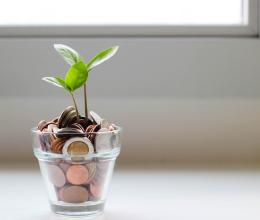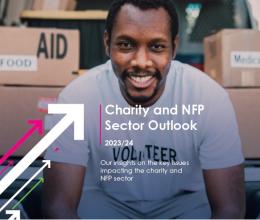VAT in charities
While there are concessions and some reliefs, VAT is normally a direct cost for charities. This cost arises as charities are unable to recover VAT incurred in respect of their charitable (non-business for VAT purposes) activities.
This contrasts with local authorities and other specified bodies, such as academies, who are able to get full VAT recovery in respect of their non-business activities. Government departments can also get recovery of VAT incurred in respect of specified contracted out services. These refund mechanisms are not available to charities.
Assuming your charity is VAT registered, it may reclaim VAT on any purchases that are directly related to any VAT-taxable goods or services it sells. This reflects the normal rules applying to all businesses, not just charities, to avoid a distortion of competition.
Typical recovery methods
Charities will always incur some VAT. Where your charity has both business and non-business activities, it can only recover the VAT that relates to the taxable business activities. This means restricting recovery and apportioning VAT incurred that relates to both business and non-business activities, such as professional fees, via the application of a VAT recovery method.
Unlike businesses that make exempt supplies, who have a mandatory statutory recovery method (unless a special method has been agreed), there is no prescribed method for non-business activities undertaken by charities. The only requirement for a recovery method is that it meets the ’fair and reasonable’ test. Typical methods include calculations based on:
- Income
- Cost centres
- Transactions
- Headcount
- Floor space
- Time
- Or a combination of these.
While not legally required, it can be prudent to agree a method with HMRC, particularly if your charity has complex operations or diverse income. Any method, approved or not, should be reviewed periodically to ensure it remains fit for purpose. If it does not, HMRC are likely to demand repayment of VAT incorrectly recovered and issue a penalty.
We have a client where, at the last HMRC inspection, the officer considered the method was not fair and reasonable and asked for a copy of the agreement with HMRC. The method had not been formally agreed. HMRC had, however, made several inspections over a period of 20 years and had been satisfied with the client’s VAT recovery method each time. There is now a dispute with HMRC regarding the method and VAT recovery made. If the method had been in writing, the officer would have had less scope to argue for retrospective adjustment.
How can you optimise VAT recovery?
Often we find, following a review of a charity’s accounts, there may be other VAT treatment options available that could prove more beneficial than the existing method in use. If there are new areas of expenditure, these should be carefully considered to see if the VAT cost can be mitigated.
Practical points to consider when looking to reduce VAT costs:
- Establish what reliefs might be available
- Check the basic requirements of HMRC and the
- relevant guidance carefully
- Do not assume ‘one size fits all’ – VAT is a transaction
- tax and transactions differ
- Check attribution
- If using an income based method, is the income
- correctly analysed?
- Can the VAT cost be taken out in other ways? Planning is key
- Plan ahead – it can be difficult to fix the past.
Any mitigation should complement activities, and not create any meaningful changes to the objectives or model of your charity.
Should VAT be a cost for charities?
At UHY, we believe the VAT rules for charities should be revised. Use the download button below to download our latest Charity and NFP Sector Outlook, and turn to page 12 to read this article in full, including our views on how a VAT recovery mechanism could be introduced to remove the cost of charities.





